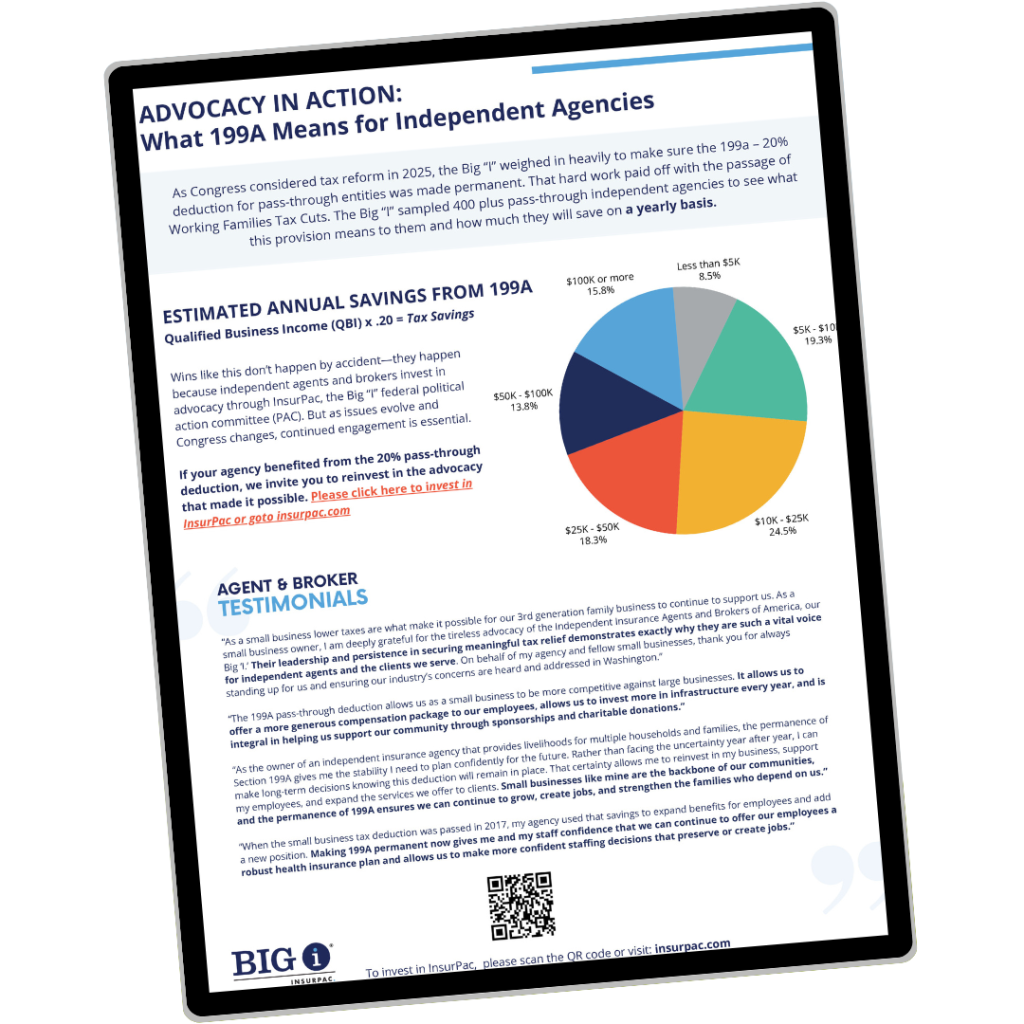ISO Files Most Important Homeowners Change in 40 Years – Update
This is a follow-up to our original article about this 2015 ISO HO change and includes a link to our recorded 90-minute webinar on the change and an important Q&A.
Author: Bill Wilson Do you have homeowners customers that might unexpectedly be confined to nursing homes? Insureds who, perhaps unbeknownst to you, relocate for work and their homes are unoccupied, rented on a short-term basis, or occupied by a relative? Foreclosures? Home purchases for relatives such as children or parents? How about a customer who sells her house and allows the buyer to move in days before the closing? Any insured homes unoccupied due to renovations or remodeling? These are all situations where adjusters have denied otherwise covered claims that arose during periods of nonresidency by the named insured, some of which have been upheld by the courts. So, what is the problem and what is the solution that ISO proposes for carriers using their HO program? In 2001, we learned of a potentially catastrophic coverage gap in most homeowners policies, not just ISO forms and not just independent agency company forms. For the past 14 years, we have written about this and discussed it in seminars and webinars across the country. For the past 10 years, we have worked with ISO through our national Technical Affairs Committee in negotiating a resolution to this problem that all affected parties can live with. This effort has culminated in the recently filed ISO changes addressed in this must-read article: ISO has introduced two HO endorsements, one mandatory and the other optional, that are effective in most states on October 1, 2015. ISO subscribing carriers may elect to adopt these endorsements prior to the ISO effective date or at some date beyond that time. The mandatory endorsement HO 06 48 10 15 establishes that, if residency by “you” exists on the effective date of the policy, but later a nonresidency situation arises, coverage will continue, subject to traditional existing vacancy exclusions or other governing policy terms, until the policy expiration date. The optional endorsement HO 06 49 10 15 completely removes any perceived residency requirement from the Coverages A and B insuring agreement for a period of time specified on the endorsement. Some carrier HO policies already do this, in particular those on many “upscale” homeowners exposures and the time period can, at the insurer’s discretion, be equal to the entire policy period. This endorsement might also be used if a home purchaser does not immediately assume residency at the time of closing or later anticipates a period of nonresidency. The use of these endorsements, along with a nonfiled ISO advisory notice form, are discussed in detail in the article mentioned above. As of July 8, 2015, the filing has been approved for an October 1, 2015 effective date in all jurisdictions except AL, CA, CT, FL, Guam, HI*, IL, KS, MD, MA, MN, NH, NY, NC*, PR*, RI, TX, VA*, and WA*. * These are not ISO jurisdictions. In addition, we have archived a recorded webinar devoted to this change that can be accessed for free by clicking here. The presentation portion of this webinar lasts about one hour and is followed by a 30-minute Q&A session. Here is an example of one Q&A that immediately followed the webinar:  The new HO 06 48 10 15 adds the language “where you reside on the inception date of the policy period” to the “residence premises” definition. I understand the broadening effect that this language has on the grandmother in a nursing home mid-year. Where my concern is: The new HO 06 48 10 15 adds the language “where you reside on the inception date of the policy period” to the “residence premises” definition. I understand the broadening effect that this language has on the grandmother in a nursing home mid-year. Where my concern is:A couple plans to buy a home and are given a closing date of June 3, 2015. We bind the coverage for June 3rd on May 27, 2015 because the bank needs the EPI and paid receipt 7 days ahead of time. The closing gets held up to June 9, 2015. They cannot move until the weekend, so they do not move into the home until June 13, 2015. 1.They did not reside or even own the home on the inception date of the policy. So is their coverage void for the whole first year? 2.Are we going to need to cancel and rewrite policies every time a closing gets moved? 3.Even if the closing date did not get moved and they closed on time, they probably will not occupy the home that day, as most people move in with in a few days to even two weeks after closing as they want to paint and re-carpet etc. And you cannot schedule the vendors to come until you own the home. How does this affect the policy as they do not reside at the home on the inception date of the policy?  This is the big “what if” in the change. It is VERY common for the buyers of a home to move in AFTER the closing date. They may be waiting for the weekend, there could be inclement weather, some renovations or updating (even if minor) might delay residency for a few days or weeks, possibly months. This is the big “what if” in the change. It is VERY common for the buyers of a home to move in AFTER the closing date. They may be waiting for the weekend, there could be inclement weather, some renovations or updating (even if minor) might delay residency for a few days or weeks, possibly months.There are four possible remedies that I can think of: 1.Use the DP program temporarily. I suspect most underwriters would just as soon use the HO program rather than write and rewrite coverage from the DP to the HO program. 2.Use the HO 06 49 endorsement with the policy inception date and the date they plan to move in. One downside to this is that the move-in date could be delayed and the insured forgets to notify the carrier. I don’t know if, instead of a firm move-in date, the carrier could (or would be willing to) use a “date” of something like “the earlier of xx/xx/xx or the actual move-in date.” Or select a date that allows for some wiggle room on the move-in. 3.Discuss this with the underwriter and get a written confirmation that they will not take the more restrictive interpretation of the policy. This is what happened when my wife and I sold our old house and moved out 3-4 days prior to closing and let the buyers begin renovations. My agency CSR obtained email confirmation from the underwriter that my insurer’s preferred way to handle this was to leave my HO policy in force until closing. Of course, whether the buyers reside there or not could be an issue when their policy took effect on the closing date, but that issue is theirs, not ours. 4.Establish some sort of residency. In the example I just gave, when my wife and I bought our new house before we sold our old house, I put an HO policy in force on it. The “where you reside” language, if interpreted restrictively requires that “you” (my wife and/or I) reside in the new house. Our son went ahead and moved into the new house immediately upon closing so that we’d have someone living there every day. Just to make sure, I spent the night at the new house a couple of days a week to establish “your” residency. So, I was residing at both locations (as we mentioned in the webinar, you can reside at more than one home and have HO coverage at each location) to make sure we have coverage. In addition, we changed mail delivery to the new house but continued utilities, cable TV, etc. at both houses to make it clear that residency existed at both. Our fervent hope is that the vast majority of adjusters would not use this minor loophole to cause someone to lose their home on such a technicality. But experience shows that there are situations where this could and possibly would happen. In that case, we fall back on our original white paper arguments FOR coverage despite this situation. We have interceded in a dozen or more situations where this issue arose and were largely successful in getting the adjuster or carrier to reconsider their initial denial. We’ll keep monitoring this situation. As we mentioned in the webinar, we plan on addressing this with individual carriers to encourage them to adopt the optional HO 06 49 change that eliminates the “where you reside” language such that this is no longer a coverage issue but, as we think it should be, an underwriting and eligibility issue. Note: Questions about this change from IIABA member agencies and independent agency carriers can be directed to bill.wilson@iiaba.net. For other free VU webinars, click here. |









